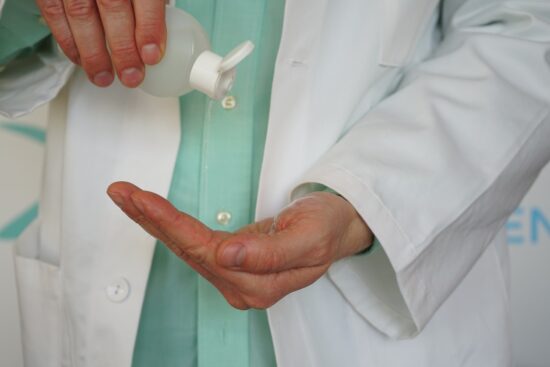An in-depth study on survival mechanism of bacterial isolates in disinfectants within the hospital environment
Disinfectant resistance poses a significant threat to healthcare facilities, and a study was conducted to understand how bacteria adapt to survive exposure to disinfectants in a tertiary care hospital in Varanasi, India. Four isolates were obtained from chlorhexidine-based handwash and tested against six disinfectants to determine their minimum inhibitory concentration (MIC) and bactericidal concentration (MBC). The study found that the isolates had the highest MBC/MIC ratio against glutaraldehyde, and exposure to a supra-inhibitory concentration of BAC led to a doubling of MIC/MBC. The majority of the isolates were multidrug resistant and strong biofilm producers. The study also identified multiple AMR genes, including blaDIM-1, disinfectant-resistant gene, and efflux pump genes.
AMR NEWS
Your Biweekly Source for Global AMR Insights!
Stay informed with the essential newsletter that brings together all the latest One Health news on antimicrobial resistance. Delivered straight to your inbox every two weeks, AMR NEWS provides a curated selection of international insights, key publications, and the latest updates in the fight against AMR.
Don’t miss out on staying ahead in the global AMR movement—subscribe now!






